Hi there, pet lovers! 🐍💚
Few snakes command as much awe—and caution—as the Green Mamba. With its dazzling emerald scales and lightning-fast movements, this arboreal serpent is a marvel of nature. But is it a suitable “pet”? For the vast majority of people, the answer is a resounding no.
Green Mambas (Dendroaspis angusticeps, the Eastern Green Mamba, and Dendroaspis viridis, the Western Green Mamba) are among the most venomous snakes in the world. While they lack the infamous reputation of their cousin, the Black Mamba, they are still highly dangerous and best left to experienced professionals.
In this detailed review, we’ll explore every aspect of Green Mamba ownership—from their temperament and care needs to the legal and ethical considerations of keeping such a lethal animal.
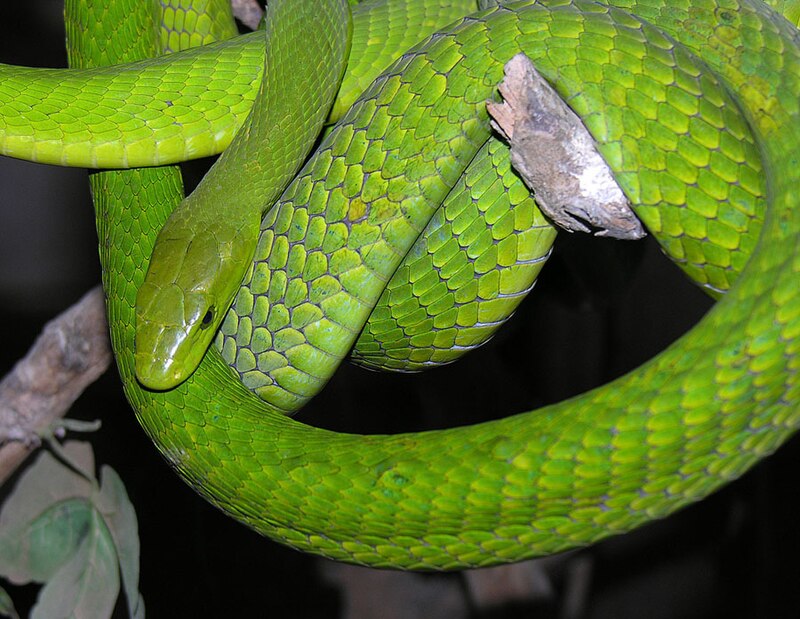
Overview
Green Mambas are arboreal, highly venomous snakes native to the forests of East and West Africa. Known for their striking green coloration and incredible speed, they are not suitable for casual reptile enthusiasts.
Here’s a quick summary of what makes them stand out:
- Handling and Temperament: Extremely fast, nervous, and potentially deadly—zero tolerance for mistakes.
- Care and Maintenance: Requires specialized arboreal enclosures, strict humidity, and secure locking mechanisms.
- Health and Durability: Hardy in captivity if conditions are perfect, but venomous bites are life-threatening.
- Availability: Rare in the pet trade, often requiring permits and professional credentials.
- Cost: Expensive due to specialized housing, permits, and safety protocols.
- Overall: Not a pet—best suited for zoos, venom labs, or highly trained keepers.
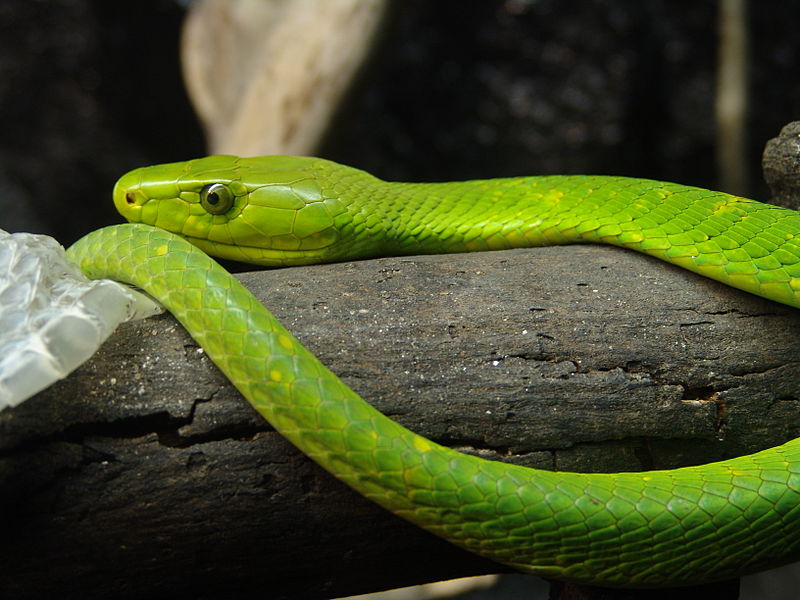
Why Even Consider a Green Mamba?
For the 0.01% of people who might have the expertise and legal clearance to keep one, Green Mambas are fascinating creatures. Their vibrant green scales, lightning-fast movements, and intelligent behavior make them captivating subjects for scientific study or professional display.
However, for the average reptile lover, this is not a pet. The risks far outweigh any potential rewards.
Handling and Temperament
A Snake That Demands Respect
Green Mambas are not handleable in the traditional sense. Unlike a docile ball python or even a feisty corn snake, these serpents are:
- Extremely fast – Capable of striking in the blink of an eye.
- Highly nervous – Prone to sudden, unpredictable movements.
- Arboreal escape artists – Can climb and slip through tiny gaps.
Bite Risk and Venom Potency
While their venom is less potent than the Black Mamba’s, it is still neurotoxic and potentially lethal. A bite can cause:
- Severe pain and swelling
- Muscle paralysis
- Respiratory failure (if untreated)
There is no room for error. Even experienced handlers use snake hooks, trap boxes, and strict protocols to minimize risk.
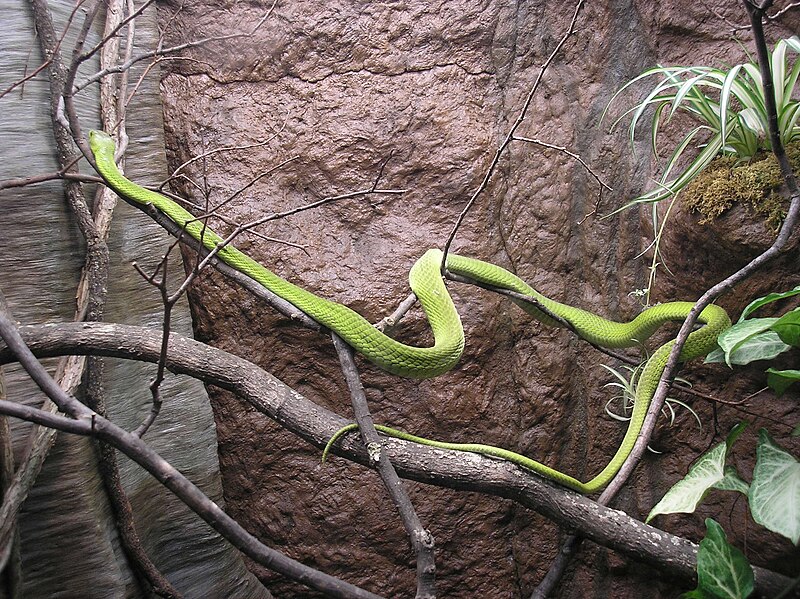
Care and Maintenance
Enclosure Setup
Green Mambas need tall, secure arboreal enclosures with:
- Minimum dimensions: 4’ (height) x 2’ x 2’ for an adult.
- Climbing branches & foliage – They spend most of their time off the ground.
- Escape-proof locks – Any gap larger than their head is a potential exit.
Temperature & Humidity
- Temperature gradient: 75-85°F (24-29°C), with a basking spot of 88°F (31°C).
- Humidity: 60-80% (requires daily misting).
Feeding
- Diet: Primarily birds and small mammals in the wild.
- In captivity: Frozen/thawed rodents or chicks (fed with long tongs).
- Frequency: Every 7-10 days for adults.
Health and Durability
Common Health Issues
- Respiratory infections (from incorrect humidity).
- Stress-related disorders (due to improper handling or enclosure setup).
- Parasites (if wild-caught—always opt for captive-bred specimens).
Lifespan
With proper care, Green Mambas can live 12-15 years in captivity. However, their venomous nature means any health issue requiring hands-on treatment is extremely dangerous.

Availability and Cost
Legal Considerations
- Banned in many countries/states without special permits.
- Requires proof of experience (often with other venomous species first).
Where to Find One (If You Must)
- Specialized breeders (rare).
- Venom labs or zoos (sometimes sell surplus animals).
Cost Breakdown
- Snake: $500-$2000+ (depending on rarity).
- Enclosure setup: $800-$1500 (escape-proof, arboreal).
- Permits & legal fees: Varies (can be thousands).
Pros and Cons
Pros (For Professionals Only)
✔️ Stunningly beautiful with vibrant green scales.
✔️ Highly intelligent and active (fascinating to observe).
✔️ Long lifespan (if properly cared for).
Cons (For Everyone Else)
❌ Extremely venomous (a bite can be fatal).
❌ Not handleable—strictly a “look, don’t touch” animal.
❌ High escape risk (arboreal and slender).
❌ Legal restrictions (permits often required).

Final Thoughts
The Green Mamba is one of nature’s most awe-inspiring snakes, but it is absolutely not a pet for the average person. Even experienced herpetologists treat them with extreme caution.
For those who simply love the look of a bright green snake, consider non-venomous alternatives like:
- Emerald Tree Boas
- Green Tree Pythons
- Rough Green Snakes
These species offer similar beauty without the deadly risk.
Would You Ever Keep a Green Mamba?
Let us know in the comments—and if you’ve worked with them, share your experiences (safely, of course!).
For more on venomous reptiles and responsible keeping, stay tuned to our blog! 🐍💚




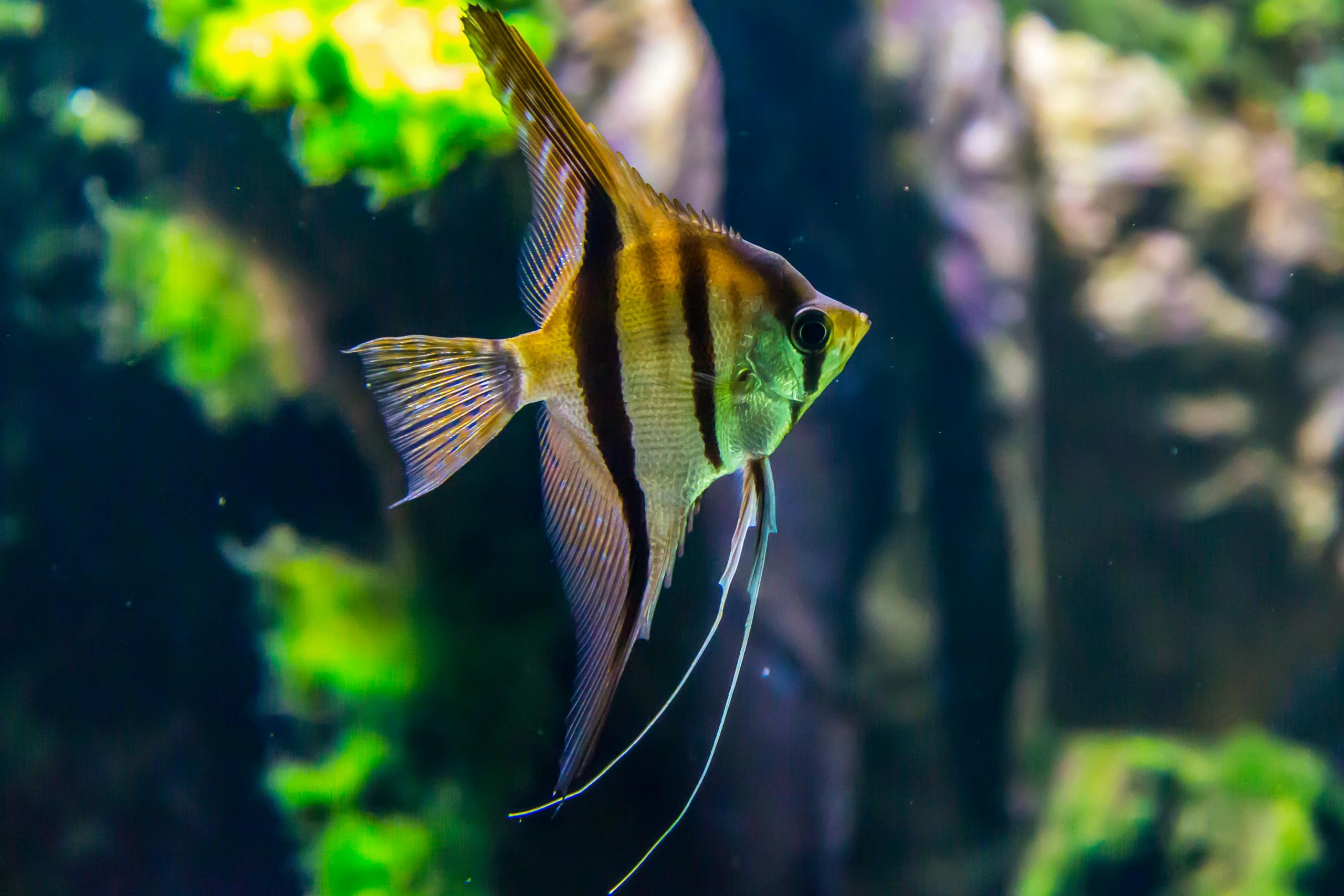
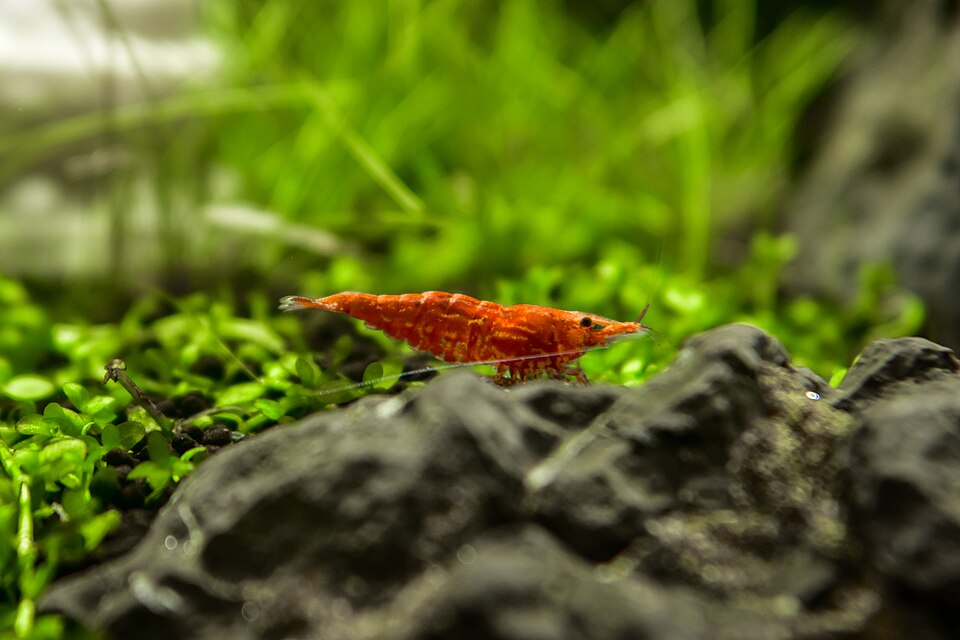

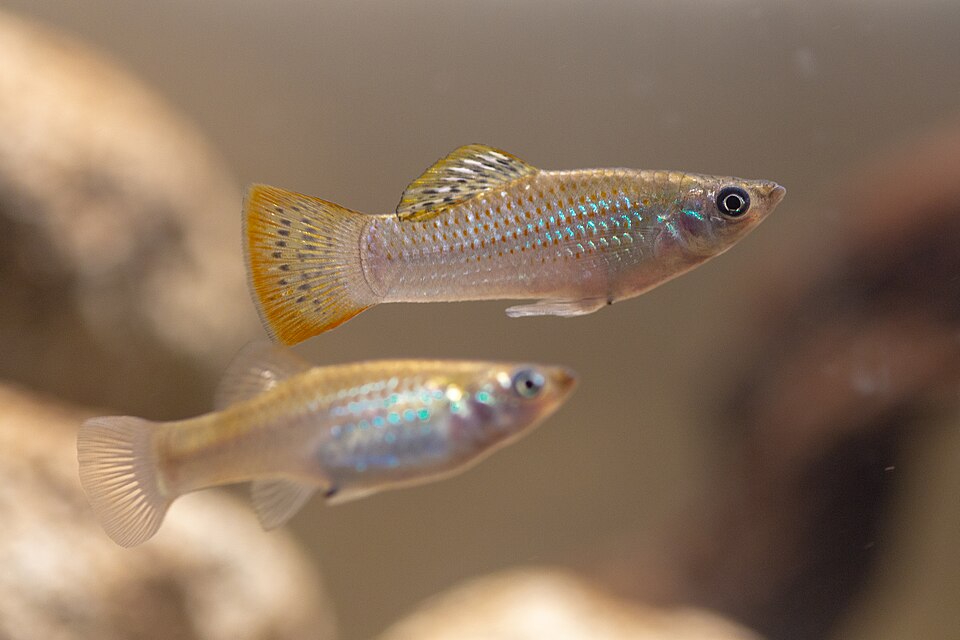
Leave a Reply